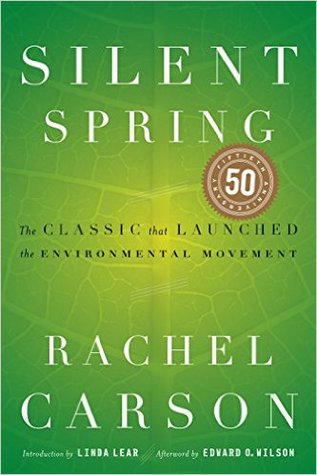In 1920 Australian entomologists were sent to North and South America to study insect enemies of the prickly pears in their native habitat. After trials of several species, 3 billion eggs of an Argentine moth were released in Australia in 1930. Seven years later the last dense growth of the prickly pear had been destroyed and the once uninhabitable areas reopened to settlement and grazing. The whole operation had cost less than a penny per acre. In contrast, the unsatisfactory attempts at chemical control in earlier years had cost about £10 per acre.
Welcome back. Just a moment while we sign you in to your Goodreads account.


